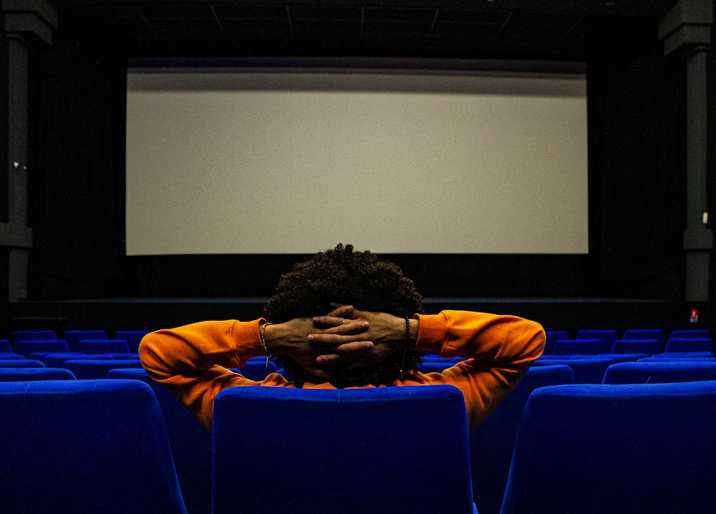Setting up a home theater can be an exciting endeavor, but choosing the right projector can make you turn your living room into the ultimate movie theater, where every film night feels like an epic cinematic adventure. The key to achieving this dream lies in choosing the right projector and high-quality video processors. With so many options out there, picking the perfect projector might seem like a daunting task. But fear not! Whether you’re a casual moviegoer or a dedicated film buff, this guide will help you navigate the world of projectors and select the one that will bring your home theater vision to life.
Determine Your Room Size and Layout

The size and layout of your room play a crucial role in selecting the right projector. For smaller rooms, a short-throw projector might be ideal as it can project a large image from a short distance. Conversely, larger rooms may benefit from a standard or long-throw projector. Measure your room dimensions and consider how far you can place the projector from the screen. This will help determine the throw ratio, which is the ratio of the distance from the projector to the screen compared to the width of the image.
Assess Resolution and Image Quality
Resolution is a key factor in image quality. For a truly immersive experience, a projector with at least Full HD (1080p) resolution is recommended. However, if you want to future-proof your setup or are planning to watch 4K content, investing in a 4K projector will provide sharper and more detailed images. Additionally, consider the projector’s brightness (measured in lumens) and contrast ratio. Higher brightness is essential for well-lit rooms, while a higher contrast ratio enhances image depth and clarity.
Evaluate Connectivity Options

Connectivity options are crucial for integrating your projector with other home theater components. Ensure the projector has multiple HDMI ports for connecting various devices like Blu-ray players, gaming consoles, and streaming devices. Some projectors also offer USB ports, audio outputs, and even wireless connectivity options. Consider your current and future connectivity needs to ensure compatibility with all your devices.
Look for Additional Features
Modern projectors come with a range of additional features that can enhance your viewing experience. Look for features such as lens shift, which allows you to adjust the image without moving the projector, and keystone correction, which helps in correcting distorted images. Some projectors also offer built-in speakers, though external speakers or a sound system might be preferred for a true cinematic experience. Smart projectors with built-in streaming apps and internet connectivity can also add convenience.
Consider Your Budget

Projector prices vary widely, so it’s essential to establish a budget before making a purchase. While high-end projectors offer premium features and superior image quality, many affordable options still provide excellent performance. Prioritize features that align with your needs and find a projector that offers the best value for your money.
Choosing the perfect projector for your home theater setup involves careful consideration of various factors, including room size, resolution, connectivity, features, and budget. By assessing these aspects, you can ensure that your projector meets your specific needs and enhances your viewing experience. With the right projector, you’ll be well on your way to enjoying a cinema-quality experience from the comfort of your home. Take the time to research and choose wisely, and your home theater will become the go-to destination for movie nights and more.…



